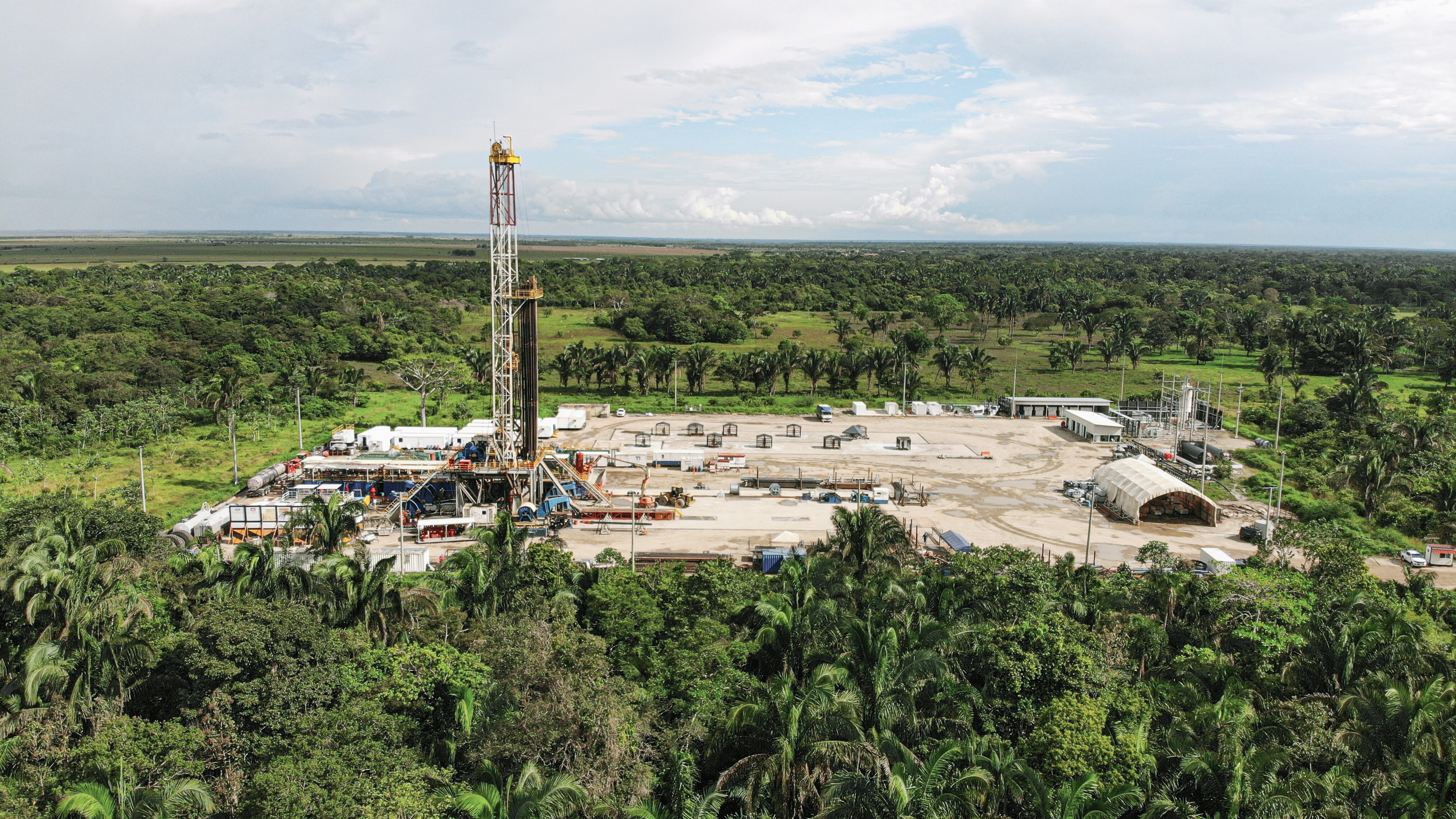The Future of Latin American Oil
The pandemic accelerated the energy transition but the world will still be relying heavily on the region’s hydrocarbons for several decades. We investigate the role Latin America's oil producers will play...

The consensus on Wall Street is that electrons have replaced carbon and even oil companies like BP have declared peak oil. But to misquote Mark Twain, the reports of oil’s death are greatly exaggerated. The pandemic did accelerate the energy transition and is reshaping the oil industry yet we will be using hydrocarbons for decades to come. And Latin America with its natural oil and gas surplus – it has 20% of global reserves but just 10% of the population - will play a crucial role as the world moves to cleaner fuels.
As electric vehicles and biodiesel eat into oil’s stronghold of transport, while renewable generation does the same to gas in the power market, the world will start becoming more selective about what hydrocarbons it uses. While most people filling up their car at the petrol station don’t know where the oil comes from, institutional investors are starting to favour oil projects with lower emissions, says Alfredo Mordezki, Manager of the Santander Latin America Investment Grade ESG Bond Fund. “We don’t necessarily exclude E&P sector but we ensure that these entities present a robust ESG risks management profile. For instance, Ecopetrol, which is the national oil company of Colombia, has been pursuing ambitious environmental measures. It has cut gas flaring, which is still common in neighbouring countries like Ecuador. Also, Ecopetrol is inherently a low emissions E&P because it produces lots of conventional natural gas, which creates 30% less emissions per barrel of oil equivalent, than crude oil.”
"The pandemic did accelerate the energy transition and is reshaping the oil industry yet we will be using hydrocarbons for decades to come… "
Colombia’s second-largest oil producer, NYSE-listed GeoPark, has also been actively investing in clean tech to improve the environmental of its oil, says CEO, James F. Park. “We have cut gas flaring, we are changing from diesel to gas feedstocks and in Colombia we are joining an electricity grid that is 60% renewable. We are also investing in green infrastructure – for example we built a 40 km pipeline, which has replaced 205 daily truck journeys.”
CO2 emissions is an important factor, but not the only one. A trio of European banks recently announced they would no longer finance oil projects in Ecuador’s part of the Amazon. So, in addition to CO2 emissions, E&Ps also need to limit the environmental impact of their operations. Park welcomes the increased investor focus on ESG as it’s one of GeoPark’s strong points. “When we founded the company, we invented our own ESG principles – SPEED, which stands for Safety, Prosperity, Employees, Environment and Community Development. In the old days, investment advisors used to tell us to stop talking about SPEED at roadshows – needless to say now it’s back in fashion.”
The future of oil
Making long-term predictions in the energy sector is a fool’s errand but oil investors will always seek to understand the future of the industry. The first thing to understand is that oil is not going to disappear, says Park. “Energy is a fundamental need of all mankind. Every man, woman and child need and use energy. As the global population grows and the developing world becomes more prosperous energy demand will keep growing. For example, the IDB predicts that by 2040, Latin America’s energy demand will have grown by 80%. It’s fantastic that tech advances and policy decisions help renewables become more affordable and reliable to provide a greater share of our energy needs but even the most optimistic scenario still shows oil and gas providing 40% to 45% of the energy mix in 2050. That’s about 120 million barrels per day (MBPD) of oil equivalent that needs to be produced.”
It’s not just people that need energy, the governments of oil producing countries also depend heavily on the industry to pay for social programmes. One example is Ecuador. “Ecuador is a dollarized economy that can only grow by importing dollars”, says Carlos Fernando Emanuele, CEO of Ecuadorian oil firm Orion Energy. “The problem is that the economy has just been hit by the worst recession in living memory, while the national debt continues to grow and the fiscal deficit can’t be closed. In that context it’s hard to see how a president could ban the oil industry and in one sweep remove 7% of the country’s GDP. It would also lead to a loss of $2.5billion dollars in fiscal revenue, which is about 10% of the government’s budget.”
Carbon neutral goals are good but you also have to focus on the immediate health, social and economic challenges in the area around your operations… "
Those dry, macro figures disguise the real-world impact of oil revenues on everyday Latin Americans. “I think it’s great when I hear a major oil company talk about being carbon neutral in 2050”, says Park. “But what does that mean to a member of the community around our block in Putumayo, Colombia? These communities have basic needs that oil must solve now. Carbon neutral goals are good but you also have to focus on the immediate health, social and economic challenges in the area around your operations.”
Contrary to what you might have heard, oil is going to be an energy mainstay for decades. Producers of cleaner hydrocarbons will be favoured by investors, while those with a positive social and economic impact will win support from the surrounding communities. As a natural exporter of clean, cheap hydrocarbons, Latin America will play a global role in the new oil and gas market.
For further information please email: Stacy Steimel – GeoPark Shareholder Value Director - on ssteimel@geo-park